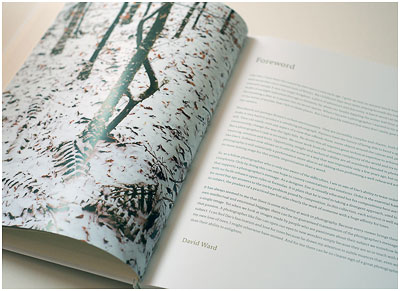The desert Siloli, is a fascinating landscape situated at an elevation of around 4,500 metres on the Bolivian altiplano. I've been to this place a few times now, but I've never seen it quite like this before.
As part of my Bolivian photographic tour that I conducted here in June of this year, we were supposed to go to see the stone tree - el arbol de piedra. It is situated in the heart of the Siloli desert. A place that I had ear-marked for some more image making for (hopefully) a forth-coming book.

But the weather this summer was very unusual. June is the time of the dry season, and so there shouldn't be any snowfall at this period in the year. Only it snowed a lot, and I hear it is still snowing - right down the lower elevations of San Pedro de Atacama - apparently the first time it has snowed at this low elevation in 17 years.
I always find it very interesting to note how I build up an anticipation of what I will be shooting - a form of pre-visualisation if you like. It's not something I welcome, as I feel the sense of expectation can get in the way of taking on board what is actually presented to me. In the case of the Siloli desert, I had not anticipated snow there. Nor had I imagined that I would only be allowed 1 hour here due to the weather deteriorating. It would perhaps not surprise you to learn that we spent a cold evening in a hotel with no running water and a snow blizzard outside the door. We were concerned that we may not make it out the next day, despite having two land cruisers at our disposal (we did make it out the next day, although it took a bit longer than we'd imagined).
It was interesting to note the mood of the participants on the trip. Some took the downturn in the weather conditions well, while I could feel morale slip a bit for others. One participant in particular said 'it's part of the deal, part of the adventure'. Something I was very happy to hear. It is the right attitude one should have as a photographer.
Photography should be surprising. We're not in it for an easy ride, and part of the reason we make photographs, is to put us out there in the world so we can engage, and experience life in a way that we wouldn't if we hadn't taken up photography in the first place.
So I thought I would share this image with you. The sky by the way was really like this. We commented at the time that it had an HDR look (of the badly processed variety) about it. I thought it looked surreal.
Silver grey tones abounded the landscape as I ran from one spot to another with my Hasselblad film camera. This is perhaps one of the more memorable shots I made. Being a film shooter, I tend to remember some shots more than others - if it's got something about it - I tend to remember it. I like this fact about film photography - it taught me how to listen to my own feelings and tune in more to my responses to the landscape and use it to gauge the worthiness of what I am shooting.
My new images from the Chilean Atacama, and the Bolivian altiplano are up in my new section of this web site.

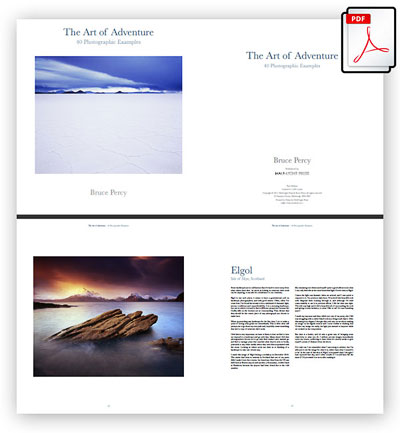
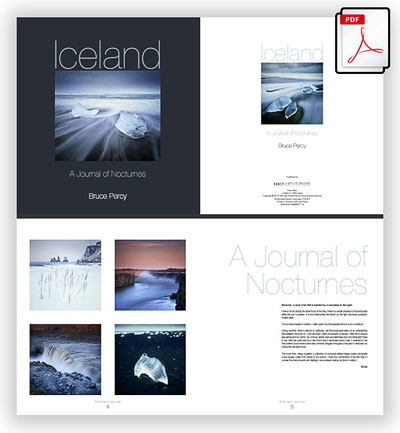


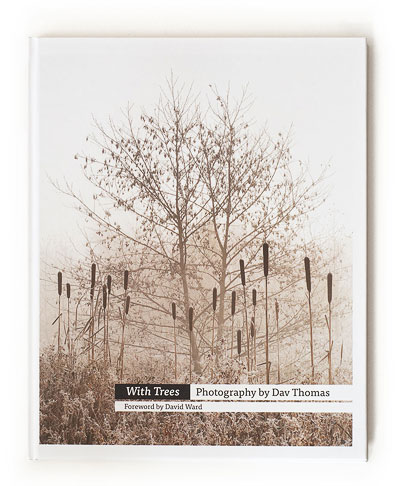
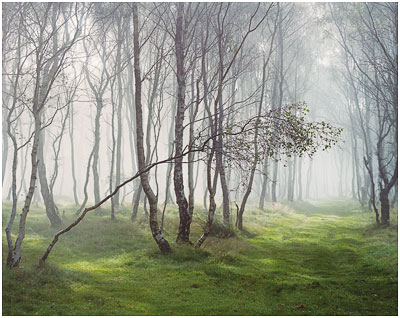
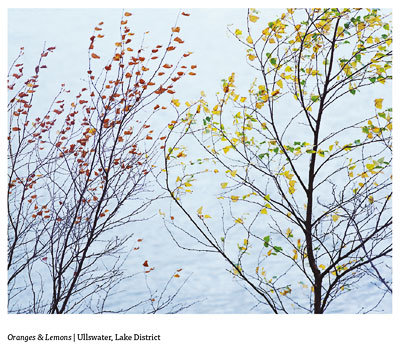
 Although the book is a monograph, it is interspersed with Thomas' observations of how trees exist and relate to their surrounding environment. I loved the text, because for me, it echoed pretty much what I saw and felt in his work: a deep fascination for the relationship between tree, undergrowth and moss. Thomas seemed to me very much like someone who has spent time around his subjects getting to know them in all their seasons and different atmospheric environments.
Although the book is a monograph, it is interspersed with Thomas' observations of how trees exist and relate to their surrounding environment. I loved the text, because for me, it echoed pretty much what I saw and felt in his work: a deep fascination for the relationship between tree, undergrowth and moss. Thomas seemed to me very much like someone who has spent time around his subjects getting to know them in all their seasons and different atmospheric environments.